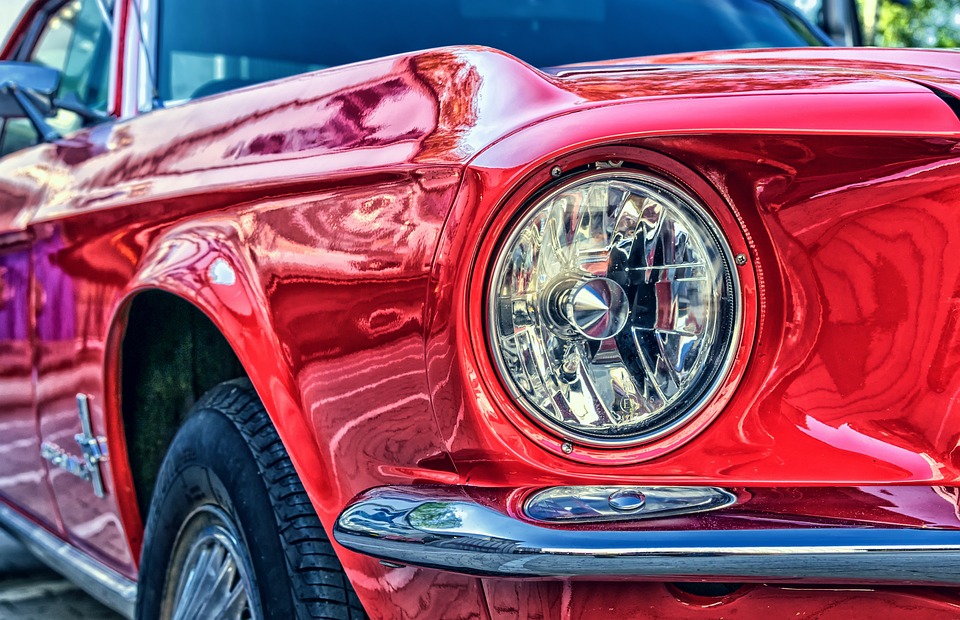The cowl trim tag was made use of on chevrolet vehicles during the vintage auto period to document descriptions and put in alternatives. The cowl trim tag is a slim aluminum plate that was riveted to the firewall or “cowl” of GM traditional cars.
The cowl trim tag is typically mistaken to be the holy grail of vintage car identification. Sorry to say, it will not likely expose every depth about your typical car.
Alright. So who needs to know these issues? Any person who is aware of which series of typical autos have been a warm product, like an SS, would want to validate an SS series typical automobile if they ended up restoring or obtaining 1. If a common motor vehicle ended up drastically modified about the several years, you would need this details. Looking at the asking price ranges for some scorching classic muscle cars and trucks are now increased than new vehicles, you want to be guaranteed you get what you pay for.
Envision this…You’ve not too long ago bought a 1964 Impala that seems to be like it can be witnessed improved days. Anyone in the car’s previous considered it would search improved in white paint with a pink crushed velvet inside… with dingle balls. It just has to go again to first, you wouldn’t be noticed dead in that inside.
So let’s search at the cowl trim tag on this 64 Impala and see what it says. Hold in head the format for the cowl trim tag is various for other ranges of yrs. This structure only applies to decades 1964 as a result of 1967.
- CHEVROLET Standard MOTORS CORP
- 04D DETROIT MICHIGAN
- Type 64-1847 AT013173 Overall body
- TRIM 874 975 PAINT
- ACC E 2KS
- THIS Vehicle Completed WITH
- MAGIC MIRROR ACRYLIC LACQUER
- Body BY FISHER
Line 2 in this cowl trim tag has the generation day code. This is essential when Standard Production Possibility codes (RPO’s) may have modified at some level throughout the design yr and you require to be positive which possibility belongs on your auto.
Line 3 is the design yr-physique type, assembly plant and chassis number. The system type number suggests it was a v8 design 2 doorway activity coupe. AT indicates the vehicle was assembled in Atlanta. The chassis variety would only signify one thing if it were being one thing special like the initially 64 Impala created. The chassis variety is also in the VIN.
Line 4 is for the trim code which tells us about the interior, and then the paint code. In this situation we want to know that the inside was finished in pink fabric with a break up entrance bench seat. The paint was 2 tone, Desert Fawn on prime and Sunfire Purple on the decreased fifty percent. Hmm, that appears like a nice shade mixture!
Line 5 is the accent code. This line is designed up of 1-5 groups of codes. This cowl trim tag only has the first 2 teams. If the cowl trim tag has no codes in the other groups, you should suppose people selections were hardly ever put in. The E in group 1 tells us it has factory tinted glass all around. The amount 2 delineates group 2, K is air conditioning, and S is guide rear antenna.
How would we use this cowl trim tag info? If we wanted to replace some glass, we might search for tinted home windows, or if the rear antenna was lacking we’d know we had to swap it.
This will not reveal anything amazing about the vehicle other than that it would be beneficial data if the car was lacking indicated sections. The choice codes would be in team 4 of line 5 if the car or truck ended up an SS. Due to the fact there are none, we know we have a 2 tone crimson and beige 2 doorway v8 sport coupe with manufacturing unit air. In this scenario, this data helps a great deal!
You would use the info identified on the cowl trim tag in addition to Suffix Code Guides, and together with Manufacturing unit Component and Casting Selection Guides in buy to get the comprehensive image. Together with the Factory Store Guide and Assembly Manual, tearing down your classic car or truck and re-assembling it is pretty much like paint by variety.




More Stories
Find Your Dream Ride Top Tips from Classic Car Finder
Your Dream Ride Awaits Volvo 242 for Sale Now
Vintage Car Values How to Boost Your Classic’s Worth